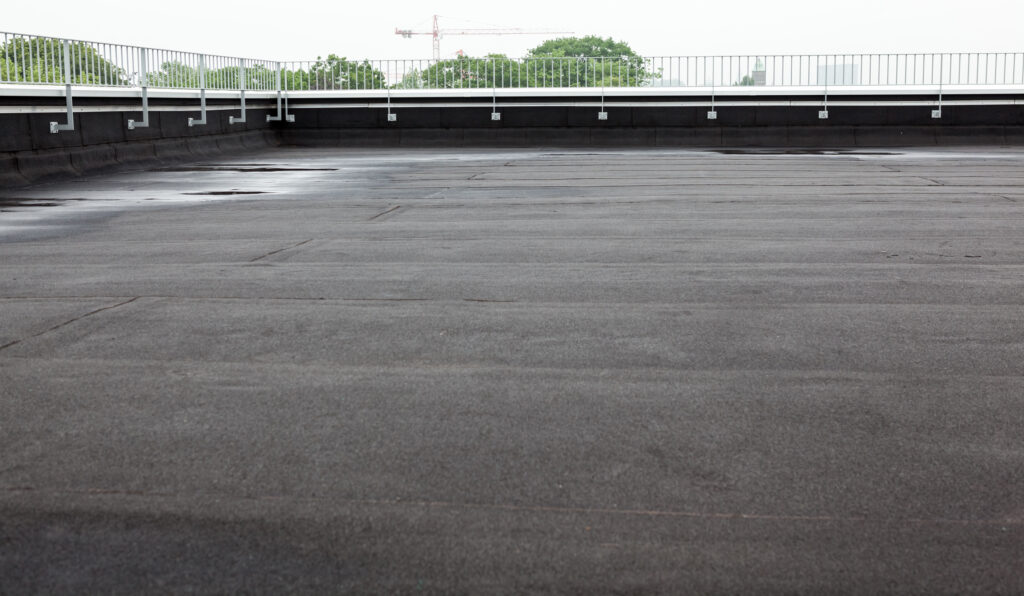20+ Years Experience
Specialist Flat Roofing Installers

Enquire Today For A Free No Obligation Quote
Have you been noticing leaks or water damage on your flat roof?
Whether you’re considering taking on the repair yourself or calling in a professional, it’s important to understand the best practices and tips for fixing this common issue.
We will explore DIY tips as well as professional advice for repairing a flat roof to help you make the best decision for your home.
Roof Repair is a crucial aspect of maintaining the integrity of your home or building.
Whether you have a flat roof, felt roof, asphalt roof, or a concrete roof, addressing issues like leaks, cracks, tears, and other damages promptly is essential to prevent further problems.
Each roof type has its specific vulnerabilities, and knowing how to identify and fix these issues is key.
Identifying Roof Leaks and Cracks early is crucial to prevent extensive damage to the property.
Water infiltration in vulnerable areas can lead to structural issues and compromise the integrity of the roof.
Common signs of water damage that indicate potential roof leaks include water stains on ceilings or walls, mould growth, and musty odours.
Inspecting areas around chimneys, skylights, vents, and flashing for cracks or gaps is essential to catch leaks early.
Materials required for surface repairs typically include roofing cement, roof sealant, flashing tape, and patching compounds.
It’s important to address leaks promptly to prevent further damage and costly repairs.
Repairing Flat Roofs through DIY techniques can be a cost-effective solution for minor damages.
Whether you opt for torch-on repairs, patching layers, or membrane applications, using the right materials and techniques is key to a successful repair.
Applying Sealants and Flashing plays a vital role in ensuring long-term protection for the roof.
Sealants like EPDM and flashing materials provide a waterproof barrier that can prevent leaks and offer a permanent fix for common roofing problems.
EPDM sealants, known for their durability and flexibility, are widely used in roofing applications due to their ability to withstand varying weather conditions.
When properly applied, these sealants form a strong bond with the substrate, creating a seamless barrier against water infiltration.
Flashing tapes, when installed correctly around roof penetrations and edges, further enhance the waterproofing capacity of the roof.
Regular maintenance, such as checking and replacing damaged sealants or flashing, can prolong the lifespan of your roof and prevent costly water damage down the line.
[cities count=”130″ type=”ul” major_cities=”true” label=”Flat Roof Repair Diy %location%”]
We Aim To Reply To All Enquiries With-in 24-Hours